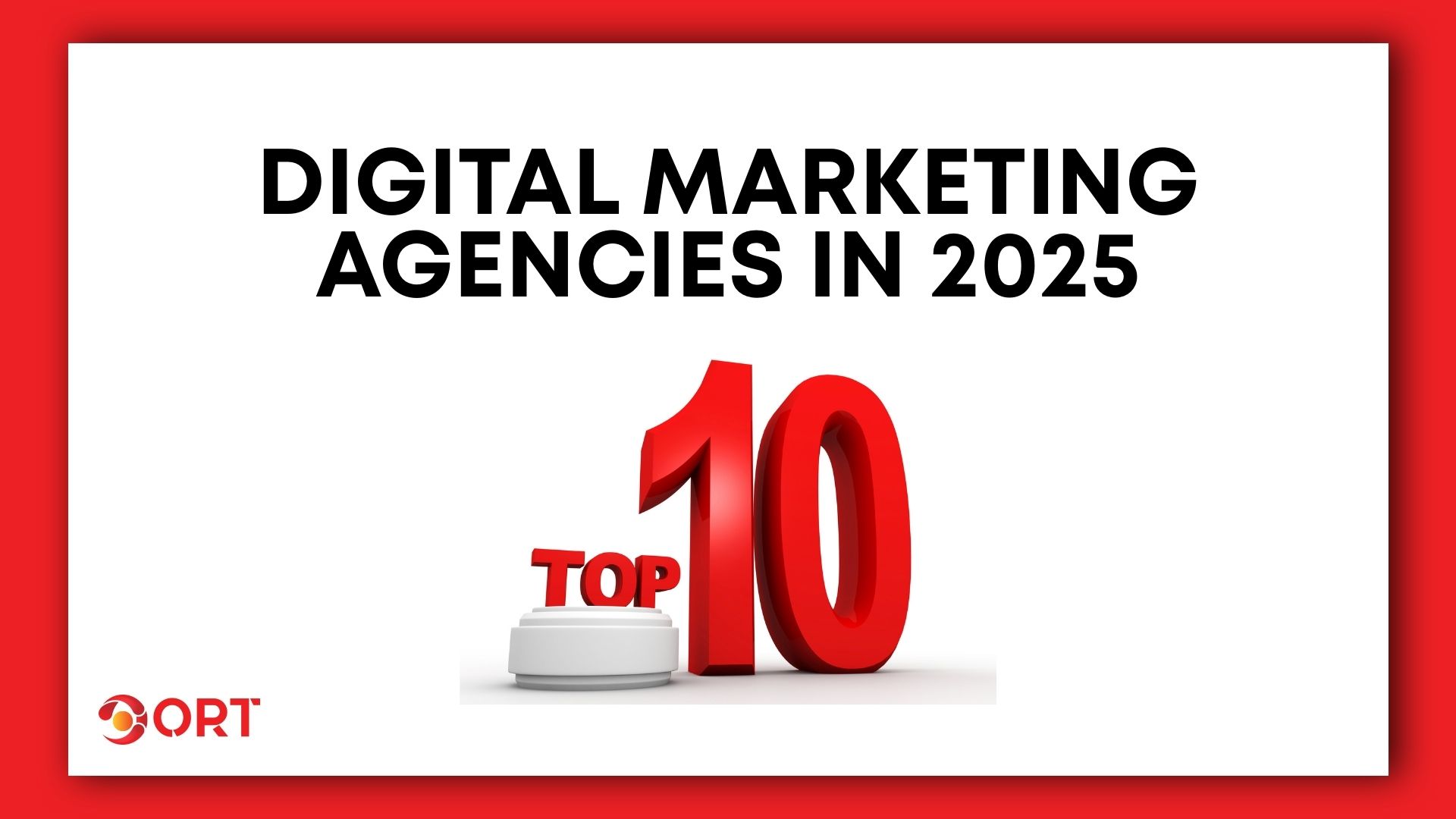Table of Contents
ToggleIn 2025, App Store Optimisation (ASO) demands more than just keyword stuffing or occasional metadata tweaks. At its core, a winning ASO strategy is driven by content—the right mix of words, visuals, and messaging that not only attracts visibility but also converts users into downloads.
As user behaviour evolves, so must your approach. Today’s users rely heavily on voice search, expect instant clarity, and make faster decisions based on visuals, descriptions, and social proof. App stores are saturated, and to stand out, your content must speak clearly to your audience’s needs and align with how they search, explore, and decide.
A successful ASO content strategy in 2025 rests on four key pillars:
- Strategic keyword optimisation
- High-quality and conversion-driven visuals
- Clear, benefit-oriented messaging
- Accurate and culturally relevant localisation
This guide dives deep into each of these areas to help you craft an app content strategy that wins visibility and installs.
2. What Is an ASO Content Strategy?
An ASO content strategy is the planning, execution, and continuous optimisation of your app’s metadata and creative assets—designed to improve discoverability and maximise installs across app stores.
As explained by ASOworld, this goes beyond simple keyword usage. It includes everything from how your screenshots are laid out to how your description reads in different regions. It’s just about getting the best story in the right format to the right users.
Due to the rising competition and availability of AI tools, just getting visibility in 2025 is not enough; you need clarity, trust, and a conversion mindset. As highlighted by AppKod and Dot Com Infoway, only those who align their content strategy with user intent and experience will stay competitive.
2.1 Key goals of an ASO content strategy:
- Improve organic visibility through intelligent keyword integration
- Boost conversion rates through compelling visuals and messages
- Strengthen user retention by aligning expectations with the actual in-app experience
- Support global growth via tailored, localised content
3. Core Components of App Content Strategy
To create a scalable and impactful ASO strategy, focus on refining these four content-driven components:
3.1 Metadata Optimisation
Your app title, subtitle, and detailed description are the basis of your visibility in search. Keywords still need to be strategic, but in 2025, they also have to be worked into a natural conversation instead of just scattered through paragraphs.
As emphasised by AppAhead, modern ASO favours metadata that mirrors how users search (e.g., “best budgeting app for freelancers”). Write for the user’s voice, not just the algorithm.
Tips:
- Front-load high-volume keywords in the title and subtitle.
- Use bullet points and spacing to improve readability in descriptions
- Match store listing language with user search patterns (e.g., question-based phrasing)
3.2 Visual Assets & Branding
First impressions are everything. The visuals: Your app icon, screenshots, and promo video are the first things that a user notices; this will be responsible for a significant portion of your downloads. According to Growthenger and WildnetEdge, visual optimisation is non-negotiable in 2025.
Trends to watch:
- Minimalist icons with high contrast
- Story-driven screenshots that show user benefits in sequence
- Short, sharp videos (10–30 seconds) highlighting features in use
3.3 Voice and Conversational Optimisation
As voice search and generally, AI-driven search will continue to grow and take over in the future, it is important that we optimise content for NLP (natural language processing). So that means writing descriptions and CTAs like conversations — responding to user questions and offering clear, concrete value.
As AppAhead notes, long-tail and conversational queries like “Which app helps manage anxiety fast?” are becoming more common.
Tips:
- Add FAQ-style phrasing in descriptions
- Use active language with direct benefit outcomes
- Optimise for “how,” “what,” and “best” search patterns
3.4 Localization & Regional Content
Localisation is more than translation. Adapting your message — text and visuals as well as CTAs and colours — to the cultural context of every region.
WildnetEdge adds that not only do localised screenshots, regional testimonials, and country-specific benefits all drive up conversion rates in non-English markets.
Localisation checklist:
- Localised keywords (not just direct translations)
- Transcreated descriptions with localised examples
- Region-specific screenshots and pricing formats
4. Crafting Content That Converts
Creating persuasive content for ASO does not mean just what you say, but how you say it, where you place it, and the emotion it will give to the end-user. Every element, from metadata to visuals, should be designed to guide the user through the process of installing an app.
4.1 Feature-Driven vs. Benefit-Driven Messaging
It may seem like the more technical details are the most important to list, but at the end of the day, users want to see ROI above all those cool features you spent so much time building. Instead of “10 GB cloud storage,” say “Save hours & never lose a file again. Highlight the benefit to the user, not just a laundry list of app capabilities.
- Feature-driven: “Real-time sync across devices”
- Benefit-driven: “Access your files anytime, anywhere—even offline”
By doing this, you become emotionally engaging and answer the unasked question — What will I get out of this?
4.2 Storytelling via Visual Lines
Your screenshots are not individual pieces of art; those are shots that come together to create a single narrative. The first 2–3 images appear in search results and are usually more serious and important. Contextualise them to form a mini-narrative
- Frame 1: Show the problem or pain point (e.g., disorganised notes)
- Frame 2: How you present your app as a solution (e.g., clean interface with immediate categorisation)
- Frame 3: Add a trust signal (e.g., “Loved by 1M+ users” or “Top Productivity App 2025”)
This method is intuitive for the user and can lead to clarity in seconds.
4.3 Call to Action Strategy
Calls to action (CTAs) aren’t just for websites. On app stores, they work best when integrated into:
- Metadata: Tagline / Message (e.g., “Become a smarter budgeter, today”)
- Image captions: In-App Screenshot Text (e.g, “Get Tracking Now”)
CTAs should be straightforward, action-oriented, and benefit-specific. Some high-performing examples include:
- “Try Free Today”
- “Start Saving in Minutes”
- “Boost Focus Instantly”
CTAs subtly guide users towards conversion without coming across as pressurising.
4.4 Update Messaging with Release Notes
Release notes are often ignored, but savvy developers use them to reinforce value and close the update loop. When crafted thoughtfully, they:
- Build trust by showing users that their feedback is acted upon
- Highlight improvements like “New UI design,” “Faster load time,” or “New dark mode.”
- Align with user review trends, ensuring the app feels responsive to demand
- Users who see proactive, transparent communication are more likely to stay engaged.
5. Structuring a Content Calendar for ASO
Consistency is key. If you want to be competitive and use the newest blog promotion tactics, a content calendar based on business and seasonal goals is a must.
Key Practices:
- Plan major content updates with important dates (e.g., product launches, holidays, or storewide events like Black Friday)
- Update your pictures and metadata every 4-6 weeks…even if the app itself has not dramatically changed.
- A/B test with Google Play Experiments or third-party tools to try different versions first before turning them on for everyone.
The ultimate goal here is to systematise your content workflow so you know what works and doesn’t work — rather than having to guess, for every post.
6. Measuring Performance & Iterating
ASO is never “done.” After your content is published, you have to track, measure, and tweak your delivery code. A good way to do it:
6.1 Visibility KPIs
Track how discoverable your app is:
- Keyword rankings
- Impressions in store search
- Category chart position
6.2 Conversion KPIs
Evaluate how well your content convinces users to download:
- Visitor-to-install rate
- Engagement metrics (sessions, actions per visit)
- Retention rate after install
6.3 A/B Testing for Validation
Use A/B testing to compare different:
- Icons
- Screenshots
- Descriptions
- CTAs
As per Wikipedia, A/B testing removes guesswork and makes scaling only the best content certain.
In 2025, winning on ASO is all about continuous learning. Each update, colour change, or keyword tweak should give you insights into wiser decisions next time.
7. Common Mistakes to Avoid
Without the right approach to your ASO Content Strategy, even the best intention fails, and you risk losing visibility or trust of the users. In 2025, keep your eyes peeled for:
7.1 Keyword Stuffing in Descriptions
If you stuff your description with keywords, it is going to be unreadable and spammy, making it less user-friendly, which can also get you an app store penalty. Your copy should sound normal, helpful, and be conversion-friendly; not just a string of tags.
Pro Tip: Bring visibility and clarity together naturally by using conversational language and contextual keyword placement.
7.2 Ignoring User Review Data
User reviews are gold for spotting both pain points as well as new key opportunities. Then, if the sentiment from users doesn’t get into your content — eg, praise of recently loved features or complaints about frequent issues — you’re not taking advantage of the opportunity to demonstrate responsiveness and build trust.
Pro Tip: Take top reviews for the same keywords and extract some of those keywords, features, or language patterns that are used in the best reviews, which you can refer to in your updates.
7.3 Underestimating Localisation Needs
Many apps translate content but fail to localise. A generic listing might work in one market but fall flat in another. Effective localisation includes:
- Adapting tone and cultural references
- Customising visuals (e.g., currency, colours)
- Rewriting CTAs that align with regional norms
Apps with “one-size-fits-all” listings often suffer from low regional conversion rates.
7.4 Not Updating Regularly
Stale content makes your app look abandoned. Regular updates show the app is evolving, improving, and is worth downloading.
- Visual refreshes every 4–6 weeks
- Metadata re-optimisation after every major app update
- Timely response to seasonal trends and events
8. Best Practices & Emerging Trends in 2025
As app ecosystems continue to become increasingly competitive and smart, you will need an agile, user-centric, and tech-enabled ASO content strategy in place by 2025. Key best practices and trends to watch for up ahead include:
8.1 Leverage AI for Content Creation—But Edit with Human Touch
AI tools can rapidly generate metadata suggestions, visual ideas, or localised content. However, without human curation, they risk sounding generic or missing context. The best approach blends speed of automation with the empathy of human storytelling.
Use AI for first drafts. Let humans polish it to align with brand voice and intent.
8.2 Optimize for Voice & Long-Tail Search
With voice assistants as well as NLP capabilities on mobile, users are also searching increasingly in natural, spoken phrases.
- “What’s the best budgeting app for freelancers?”
- “How to stay organised with ADHD?”
Prioritise long-tail, question-based keywords and descriptive subtitles.
8.3 Invest in High-Quality Preview Videos
In 2025, video isn’t optional—it’s a conversion driver. Preview videos that simulate real user experience, highlight benefits, and show interface flow boost install rates significantly.
Keep videos under 30 seconds, feature real use cases, and highlight recent updates.
8.3 Track Competitor Updates Proactively
Stay one step ahead by monitoring what your top competitors are changing:
- New CTAs or visuals
- Metadata restructuring
- Seasonal or localised campaigns
Use this insight to preemptively evolve your content and stay relevant.
9. Conclusion
In 2025, you simply cannot win at ASO without an effective App Content Strategy. Simply using keywords is a thing of the past because competition is higher, queries are far more complex, and algorithms are constantly in flux. No, for today’s victors, there are four partially overlapping lattices of triumphant strategies:
Instead, today’s winning strategies are built on four interconnected pillars:
- Metadata Optimisation – Conversational, strategic keyword use
- Visual Storytelling – Clean, modern assets that convert
- Localisation – Regionally relevant content beyond translation
- Testing & Iteration – Analysing data and making standard updates via A/B split testing
To compete like a champion, treat your content strategy as a living system always in development based on user behaviour, platform changes, and market conditions.
Ready to scale your ASO with precision?
Explore professional ASO services like Digital OORT, or leverage cutting-edge platforms like AppTweak, MobileAction, and ASO.dev to build, test, and iterate faster than ever before.
Author
-

Shafqat Mahmood is a Digital Marketing Expert specializing in SEO, Social Media Marketing, Google & Facebook Ads, LinkedIn & TikTok Ads, Email Marketing, and Business Development. With proven strategies across Australia and Pakistan, Shafqat Mahmood helps businesses increase visibility, generate leads, and drive sales growth.



